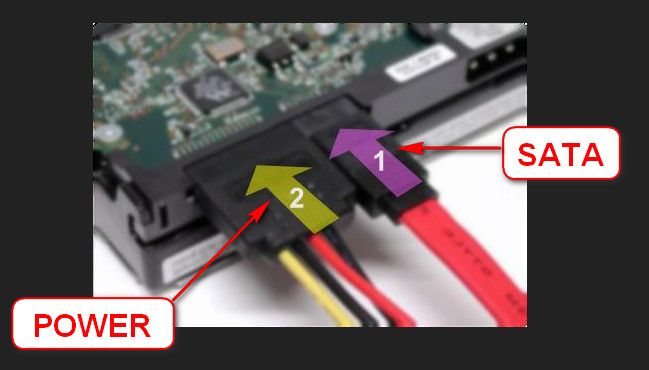New
#1
Random BSODs, only thing in common - from browser
Hello everyone!
I've been having a problem recently with BSOD. I could not determine the pattern, only thing in common - they seem to happen when I'm using a browser, most likely from pages with Adobe Flash (tho it's just a guess). Tried switching from Chrome to FF, didn't help. Neither did turning of the Flash Player hardware acceleration.
Among other things tried - Memtest overnight (OK), Seatools from boot up (OK). GPU driver wiped with DDU from safe mode, installed fresh, didn't help.
I ran driver verifier and BSODed on login, but my knowledge on the subject is insufficient to determine the cause.
I'd assume it's a hardware fault since it's quite old, if there was not for this particular 'always from the browser' moment, and the system being quite stable otherwise.
P.S. Hopefully I'm posting this according to the instructions


 Quote
Quote


